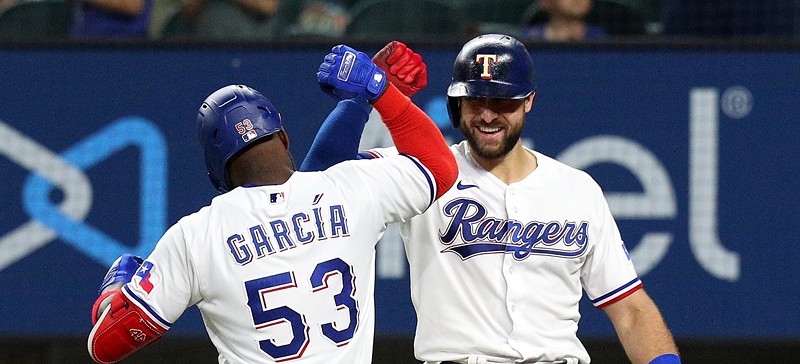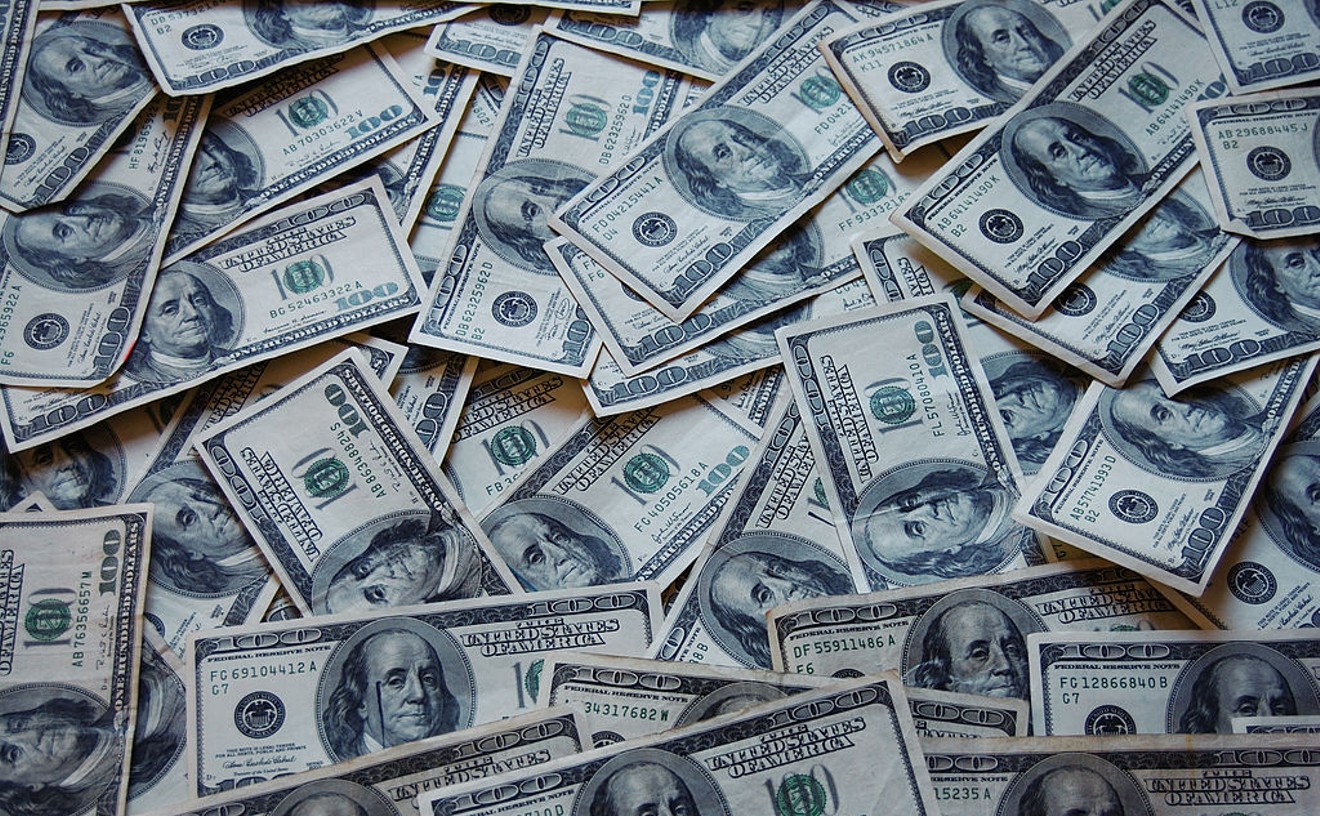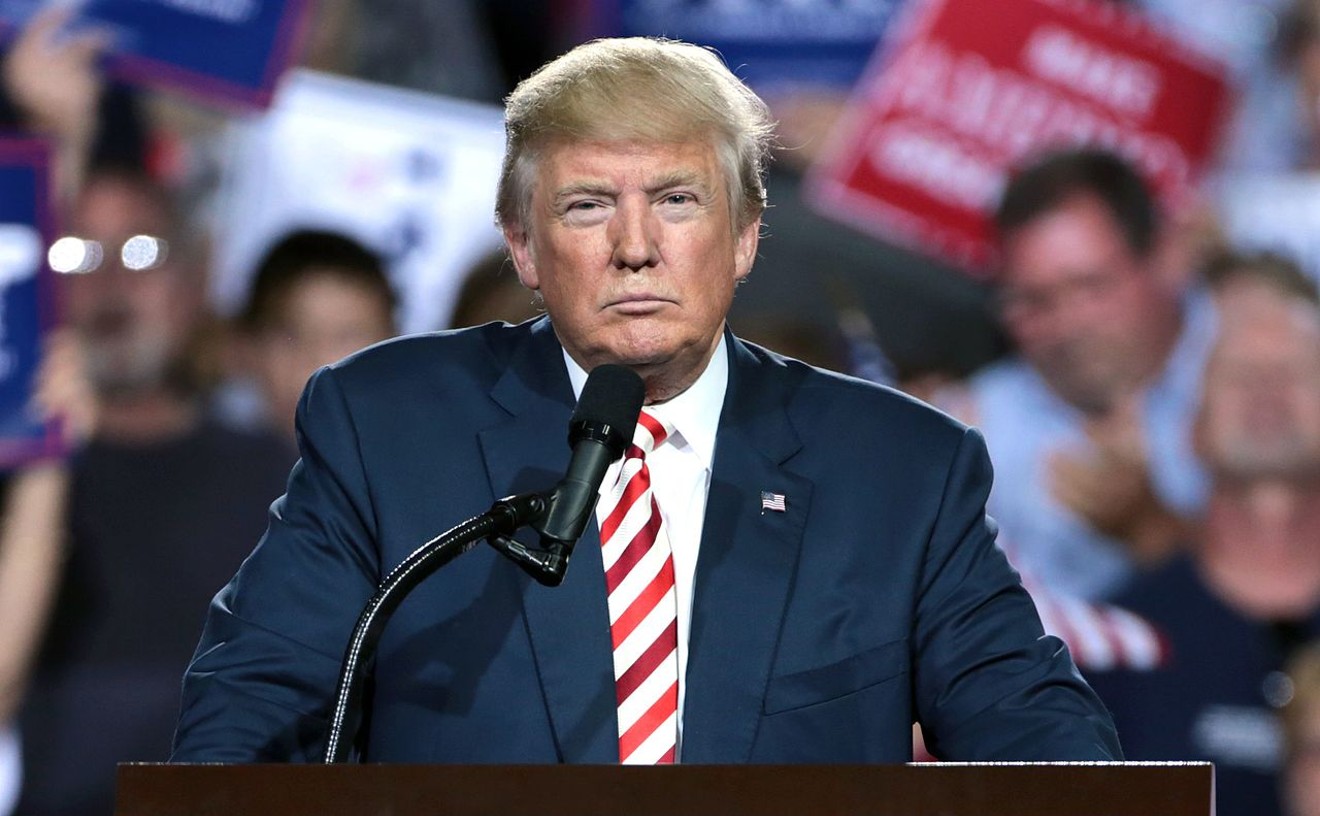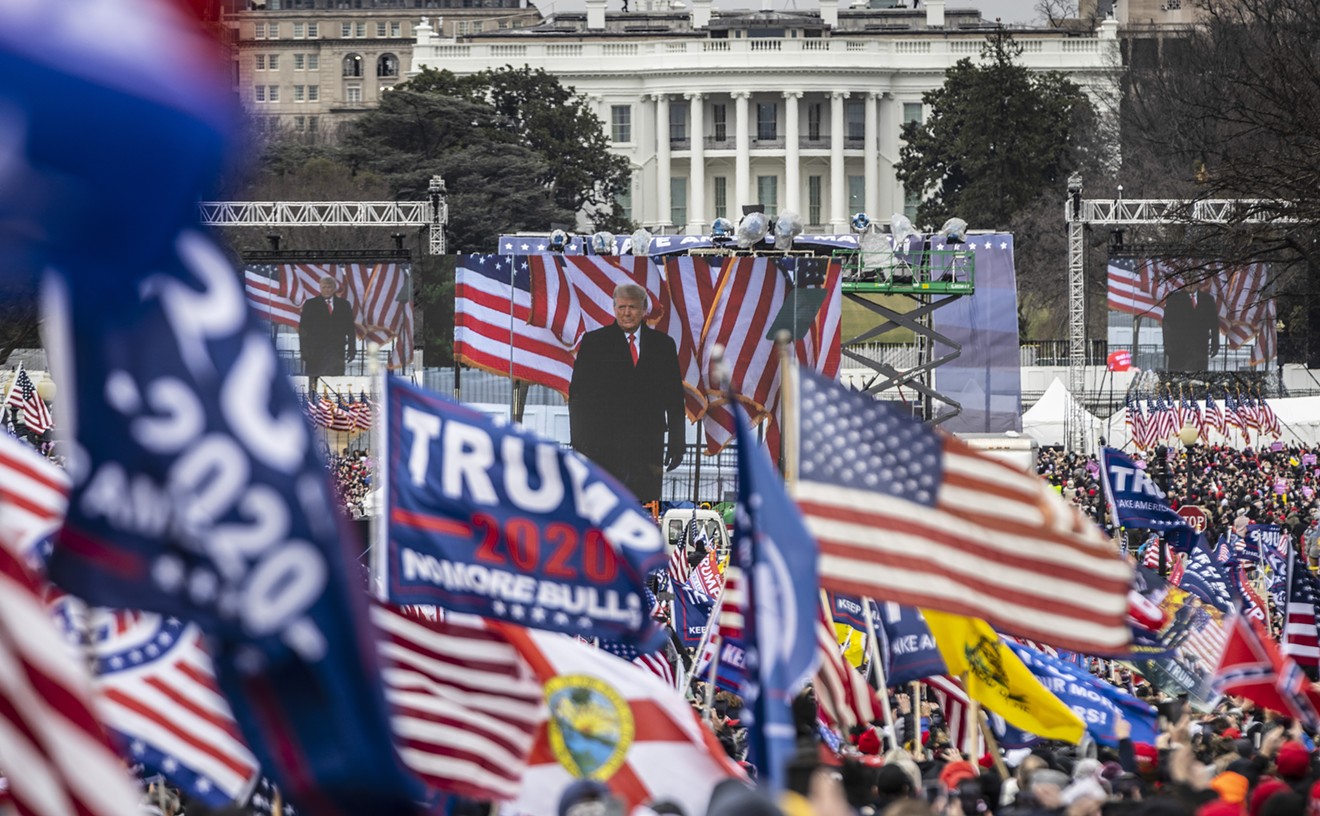“Chicks dig the long ball.” That’s what two 1990s baseball icons, pitchers Tom Glavine and Greg Maddux, famously said in a Nike TV commercial in 1999.
As dated as that line sounds, the premise was truer in the '90s than ever before in MLB history. Years before the league began cracking down on steroids by testing players for performance-enhancing drugs, the best way for a player to gain adulation was to hit mammoth shots where no one could get them, and to do it often.
Another '90s MLB trend that swept the nation was the spate of new stadiums.
Camden Yards in Baltimore, Jacobs Field in Cleveland, Coors Field in Denver and the current home of the Seattle Mariners were all modern stadiums built in the '90s that paid respect to the aesthetic traditions of many of the classic ballparks from baseball’s previous generations. In 1994, the Texas Rangers moved into what was then called The Ballpark in Arlington, a beautiful $191 million stadium built next to the team’s previous home, Arlington Stadium.
As was customary in those days, new MLB stadiums were rewarded with the biggest of all MLB exhibitions, the annual All-Star Game. Arlington’s turn to host came in 1995. Similar to the all-star festivities of other sports, much more than the All-Star Game itself attracts fans, and the same is true this year.
Almost as popular as the game is the annual Home Run Derby, the greatest single night showcase of raw long-ball power of the entire baseball season. In the oppressive, daytime summer heat of North Texas, the 1995 Home Run Derby offered a very on-brand lineup of sluggers.
Hall of Fame titan Frank Thomas stole the show on his way to winning the trophy that night. But after that, a who's-who of '90s steroid villains rolled out the big (and maybe corked) bats. Manny Ramirez, the mythically powerful, yet twice-suspended enigma, took turns batting with Sammy Sosa, who was still three years away from entering the history books when he began cranking out multiple seasons of 60 or more homers.
Sosa has reportedly never failed an MLB drug test, but accusations and PED suspicion have dogged him for decades now. He didn't help his cause much when late during his time with the Chicago Cubs he was caught using a hollowed out bat, an illegal advantage that helps the hitter’s bat speed. And there was the time in front of a Congressional panel in 2005 when Sosa basically acted as though he could not speak English when asked questions about steroid use in baseball.
As if the 1995 Home Run Derby lineup couldn't get more '90s after that trio, it does. There was Albert “Don’t Call Me Joey” Belle, the temperamental ball crusher who many assumed used 'roids because of his combination of angry outbursts toward fans and media and his prodigious power, although he has never been firmly connected to any failed tests or substantiated accusations. Mo Vaughn, then of the Boston Red Sox, was like Belle in that he was a powerful, one-trick homer-hitting pony, but unlike Belle, Vaughn was a popular personality. But also unlike Belle and Frank Thomas, Vaughn was named in the infamous 2007 Mitchell Report as a player who had bought steroids and other performance-enhancing drugs before they were outlawed by the MLB.
Also on the list were '90s names like Raul Mondesi, Reggie Sanders and Ron Gant, each of them little more than one-season wonders. Again, that was pretty common back then, whether because of steroid use, the smaller size of the new ballparks, or both.
In 2024, much will be different for the Home Run Derby. Although Arlington again is the host city, the contest will be held in a new air-conditioned ballpark under a closed, retractable roof. Unlike 1995, when none of the Texas Rangers took part, the home team will be represented, by playoff hero Adolis Garcia.
But the main difference between now and 1995, as far as we know at least, is that the locker room in Arlington this time will not be awash in steroids as it might have been back then.
[
{
"name": "Air - MediumRectangle - Inline Content - Mobile Display Size",
"component": "18855504",
"insertPoint": "2",
"requiredCountToDisplay": "2",
"watchElement": ".fdn-content-body",
"astAdList": [
{
"adType": "rectangle",
"displayTargets": "mobile"
}
]
},{
"name": "Editor Picks",
"component": "17105533",
"insertPoint": "4",
"requiredCountToDisplay": "1",
"watchElement": ".fdn-content-body",
"astAdList": [
{
"adType": "rectangle",
"displayTargets": "desktop|tablet"
},{
"adType": "rectangle",
"displayTargets": "desktop|tablet|mobile"
}
]
},{
"name": "Inline Links",
"component": "18349797",
"insertPoint": "8th",
"startingPoint": 8,
"requiredCountToDisplay": "7",
"maxInsertions": 25
},{
"name": "Air - MediumRectangle - Combo - Inline Content",
"component": "17105532",
"insertPoint": "8th",
"startingPoint": 8,
"requiredCountToDisplay": "7",
"maxInsertions": 25,
"watchElement": ".fdn-content-body",
"astAdList": [
{
"adType": "rectangle",
"displayTargets": "desktop|tablet"
},{
"adType": "rectangle",
"displayTargets": "desktop|tablet|mobile"
}
]
},{
"name": "Inline Links",
"component": "18349797",
"insertPoint": "8th",
"startingPoint": 12,
"requiredCountToDisplay": "11",
"maxInsertions": 25
},{
"name": "Air - Leaderboard Tower - Combo - Inline Content",
"component": "17105535",
"insertPoint": "8th",
"startingPoint": 12,
"requiredCountToDisplay": "11",
"maxInsertions": 25,
"watchElement": ".fdn-content-body",
"astAdList": [
{
"adType": "leaderboardInlineContent",
"displayTargets": "desktop|tablet"
},{
"adType": "tower",
"displayTargets": "mobile"
}
]
}
]












